The Lyrics: 1956 to the Present
£18.10
The Sunday Times bestseller and Waterstones Book of the Year, now in paperback
‘Paul McCartney says this is as close as he will get to an autobiography and no wonder – his life is in every line of these songs … pure joy’ Sunday Times, Book of the Year
With seven songs added for this edition: ‘Bluebird,’ ‘Day Tripper,’ ‘English Tea,’ ‘Every Night,’ ‘Hello, Goodbye,’ ‘Magical Mystery Tour’ and ‘Step Inside Love’
Spanning seven decades – from his early Liverpool days, through the historic decade of The Beatles, to Wings and his long solo career – Paul McCartney’s The Lyrics has transformed the way artists write about music, pairing the definitive texts of 161 songs with intimate, autobiographical commentaries on McCartney’s life and music.
Arranged alphabetically, these commentaries reveal the diverse circumstances in which the songs were written, how they ultimately came to be, and the remarkable – often ordinary – people and places that inspired them. Dozens of vignettes re-create the working-class Liverpool of McCartney’s youth, where delivery boys ran parcels on docks, as in ‘On My Way to Work,’ and elderly ladies in the neighbourhood inspired ‘Eleanor Rigby.’ McCartney also introduces us to his early literary influences, among them Shakespeare, Lewis Carroll and Allen Ginsberg, as well as Alan Durband, his beloved English teacher, and his mother, Mary, who passed away when he was just fourteen – and whose memory has infused his work ever since.
Yet the two most powerful presences in The Lyrics after the author himself are his songwriting partner, John Lennon, and his ‘Golden Earth Girl,’ Linda Eastman McCartney. Here McCartney describes how he met John at a church fête in 1957; their adventures with George Harrison and Ringo Starr in the early 1960s; and how, at the end of the decade, they, and The Beatles, broke up. Thus began a second act of now more than fifty years, with Linda and family life as driving forces – inspiring songs from ‘Maybe I’m Amazed,’ written just after the breakup of The Beatles, to the 2012 ballad ‘My Valentine,’ addressed to McCartney’s wife and partner, Nancy Shevell McCartney.
Edited and introduced by Pulitzer Prize–winning poet Paul Muldoon, and enhanced by more than a hundred images from McCartney’s personal archives – including handwritten texts, mementos, and photographs – and seven new song commentaries, The Lyrics is a book for the ages, and the definitive literary and visual record of one of the greatest songwriters of all time.
Read more
Additional information
| Publisher | Penguin (7 Nov. 2023) |
|---|---|
| Language | English |
| Paperback | 624 pages |
| ISBN-10 | 1802064222 |
| ISBN-13 | 978-1802064223 |
| Dimensions | 15 x 4.2 x 22.8 cm |

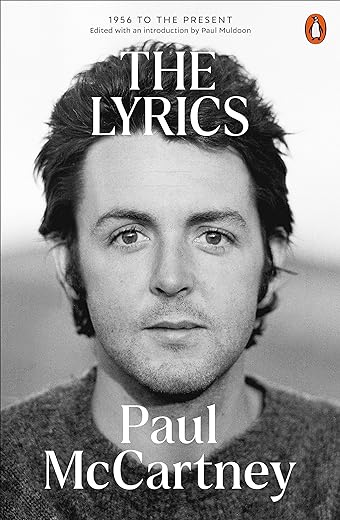
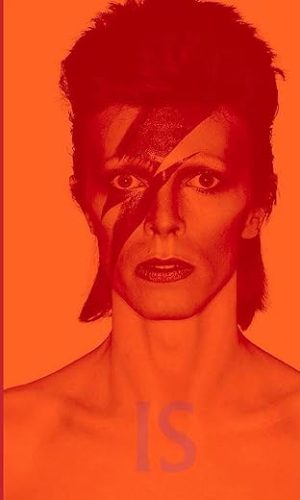
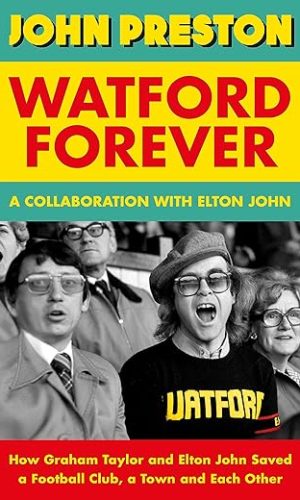
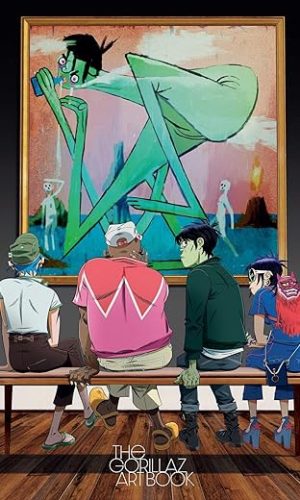


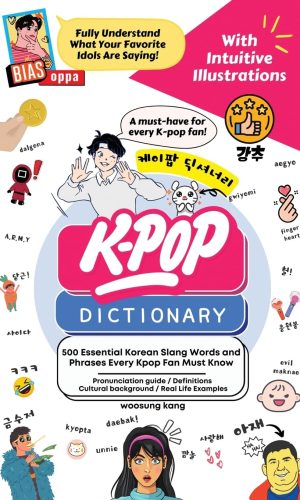
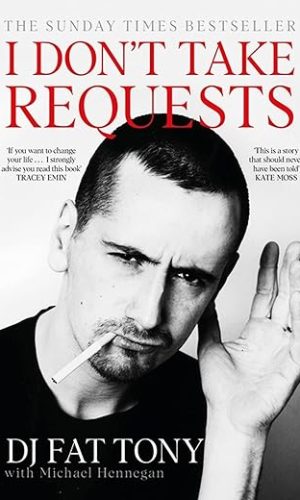

by Lorena
Best birthday present ever
by Mr Nostalgic
The new Paul McCartney Lyric Book is fantastic.
by Ms. J. Goodman
Partner loved it!
by Bullet
Easy read, great photos and illustrations including original handwritten lyrics. Includes Paul’s thoughts on a variety of topics and how the lyrics were arrived at.
by Mr. R. Lockley
Firstly,If you are a Beatles fan you will love these books,They give a wonderful insight into song writing,I have read many books on the Beatles and recently finished “Conversations with Paul mccartney” which was great but these books are amazing and are accompanied with lots of great photographs that make it a must for a true fan of the Beatles and Paul McCartney.
by D. Zimnoch
What an amazing quality set! Great value for money Both content and images superb. Must have and great for present! I will buy more
by Robert ‘Bob’ Macespera
There was an initial surprise when we knew the title for these books: “The Lyrics”. McCartney is a composer, a master in creating melodies, and one of the best there’s been at that; but focusing in his lyrics seemed like an odd move. Then there’s the “completeness” of it: the “the” in the title; the pompous subtitle “1956 to the present”. The author’s message was clear: this is about me not as a “mere” composer of pop ballads, but as something more serious: a “writer”. It is also going to be something big, definite, major, over the top (McCartney tends to do that): this is the final book for all the many McCartney followers out there; look no more, this is it – almost 1,000 pages, it’ll be all here. And then the books were published, so at long last we were able to buy the set. And how good is it?
For starters the books set is big, and very, very heavy. Everything in it is grand: the format, the book case, the photos, the glossy pages. And then there’re the lyrics and McCartney’s elaboration on those, taking surprisingly little space (roughly a bit less than one fifth of all the pages). So the excessive format works, to these eyes, against the very core idea of “the lyrics”: we expected personal comments on how Paul McCartney grew and developed into one of the most important and talented musicians of the XX century. Yet he has wrapped his thoughts, almost buried those, in hundreds of photographs and a grandiose set of two books, as if afraid of presenting his bare comments or that mere words wouldn’t do it. We expected words about “The Lyrics”, and instead we got a mammoth album of larger than life photographs with some texts here and there. And this does not work, because we get full-pages photos of cars (and dogs and guitars and places and people and houses and pieces of clothing) that gave name or merely inspired some of Paul’s songs or are vaguely related to him at some point in his life – is that all necessary? The same can be said of the reproduction of hand-written lyrics. One or two of those look good and can complement well a book – dozens of pages of them (as there are in “The Lyrics”) is, beyond a curiosity, an excess that eventually adds up nothing to the set of books – much on the contrary, in the end it gets boring and seems more a page-filler.
Since the mid-2000s several musicians of McCartney’s generation and stature have written their autobiographies: Keith Richards, Eric Clapton, Bob Dylan, Bruce Springsteen and Elton John, to name just a few well-known names. These books are all very good, sober and very well written documents of the golden era of rock music, and Dylan’s and Springsteen’s memoirs are exceptionally well written. Each and every one of those memoirs is a joy to read and all of them became deserved best-sellers. Yet McCartney seems to have tried to outdo them all by going bigger, as if a conventional autobiography was below him or as he needed more space to tell his story.
The inclusion of many Wings songs doesn’t help either – there are more songs of McCartney with Wings and solo than with the Beatles, and this reduces the book’s quality. It’s magnificent to read what took Paul to write ‘Yesterday’ or where he got the inspiration for “I Will”, “Hey Jude” or “For No One”. But, do we need to know what inspired him to compose minor songs post-1970, such as “Check my Machine”, his instrumental, and rather poor, song of “McCartney II”? (And by the way, a song whose lyrics are a mere repetition of the song’s title). Does the inane and justly forgotten “Magneto and the Titanium Man” deserve six pages in the book – or in any book at all? And same can be said of his comments on the late Linda. Paul McCartney has always considered her as an important member of his own band, Wings, and she wasn’t, at least in anything related to music. The late Mrs McCartney was, according to testimonies of all who knew her, a charming and lovely lady. Fair enough. But she was not a musician, even if she was keen to be photographed at keyboards (which she couldn’t play). In “The Lyrics” McCartney refers often to her as a worthy musician, which she wasn’t, and he even writes that Linda was a “pioneer female singer” and that she was very good at “clapping and doing harmonies” – lines obviously written by the devoted husband, not by the musician. And these comments, and the inclusion of minor songs allegedly co-written by Linda (“Cook of the House”) diminish considerably the quality of the book.
In the end, we’re left with just a handful of good texts and some original pictures, but only a few of each of those, and this does not seem to be enough to justify the cost or the expectation of the books-set. So after reading the books back-to-back we’re indeed missing something we hoped to get: the story of the Beatles through their work. And this could be found in the best book ever written on the Beatles songs (lyrics and music) and of their evolution along the glorious sixties, as well in popular music. This book is still, by and large, “Revolution in the Head”, by Ian MacDonald. This is an outstandingly well researched, unbiased and pitch-perfect analysis of the career of the band whose music is one of the peaks of contemporary art through a chronological analysis of each song the Beatles recorded. With “The Lyrics” we expected the same, but even better, because it’s written by one of the leaders and the main composer of the band from Liverpool. And we didn’t get it. Far from it.
What did we expect? Simple. If Paul would have only written something similar to MacDonalds’ book: a musical journey through the songs, showing his initiations and shockingly fast development as a composer; if he would have only published, say, 300 pages thickly packed with insights, revelations and facts on his inspiration and brilliant musical career; if he would have supported the text with just a handful of well selected and never-seen pictures to illustrate specific parts of the tale; if the song’s lyrics would have been presented chronologically, for the reader to see the composer’s outstanding evolution; if McCartney wouldn’t have tried so much to appear as “an author” by citing and almost comparing himself to giant contemporaries like Bertrand Russell or Harold Pinter; if Paul would have chosen for the book mostly Beatles songs, bookending those with a dozen pieces of his solo career, and relying heavily for these perhaps in his quite touching reflections on loss, friendship and growing old of the songs he composed for “Egypt Station” and “McCartney III”. That would have been the wonderful, priceless, unique book we eagerly waited for months.
But Paul McCartney hasn’t lived up to the expectation created with the announcement of the publishing of “The Lyrics”. He is one of the best composers of the last 100 years, without a doubt. But, because he fell one by one for the mistakes above noted, the book neither works as a personal memoir nor as a review of 50 years of composing and success nor as an insight into the rock scene of the last six decades nor, in the end, as anything in particular. Unfortunately, this set of books ended up being something closer to a bloated artifact, a showy, repetitive and unnecessarily enormous photo album with elongated captions; it’s an odd, unbalanced and in the end rather disappointing way to share a brilliant composer’s inspiration with the world.
by Quiverbow
Sir James Paul McCartney, CH MBE, the greatest living songwriter, admits to never having kept diaries, which isn’t strictly true, as there are photos of brief entries, but he does have a rather extensive catalogue of songs (and I’m sure someone else will count how many he has written or co-authored). Stretching to nearly 900 pages, he has now decided the time is right to tell us how 154 of those tunes from his vast treasure trove came about.
Begun in August 2015 but not fully worked on until 2019, it’s presented in alphabetical order across two hardback volumes inside a slip case, each volume has it’s own dust jacket, but you can take those off and have two different covers. Inside you’ll find a plethora of photos (of which only a handful will have be seen by us), handwritten lyrics, mouth watering acetates and various other bits and pieces. Oh, and the songs and explanations how they came to be. Each one is four, six or eight pages, though ‘Yesterday’ is afforded ten, and the whole thing will keep you going for a while.
But don’t think all the pages are taken up with text, as some have a page devoted to a photo of a record or something like a handbill; ‘In Spite Of All The Danger’ being an example of having both sides of the acetate spread over two pages. But at least you can see all of it. Those songs that are in these volumes range from ‘I Lost My Little Girl’ from 1956 through to a trio of selections from ‘McCartney III’. Now, Beatles devotees will know about songs such as ‘Too Bad About Sorrows’ and other tunes he wrote back in the late 50s and [very] early 60s, but what about ‘Tell Me Who He Is’? A mere eight lines long, it was discovered hidden away in a notebook and is alleged to be an unrecorded Beatles song. (Well, that’s what MPL is claiming and who are we to doubt that?)
Expensive? Some might say it is but that’s for you to decide. Remember, anything Beatle related tends to carry a premium, though I can’t see many casual buyers forking out nearly £50 for this; it’s aimed at McCartney aficionados. And most of us will lap it up. It’s a shame he didn’t include everything he’s written but maybe that task would have been too big. The resulting book certainly would have been.
I wonder if Marjorie ever received a response from Paul for her fan letter on page 188?